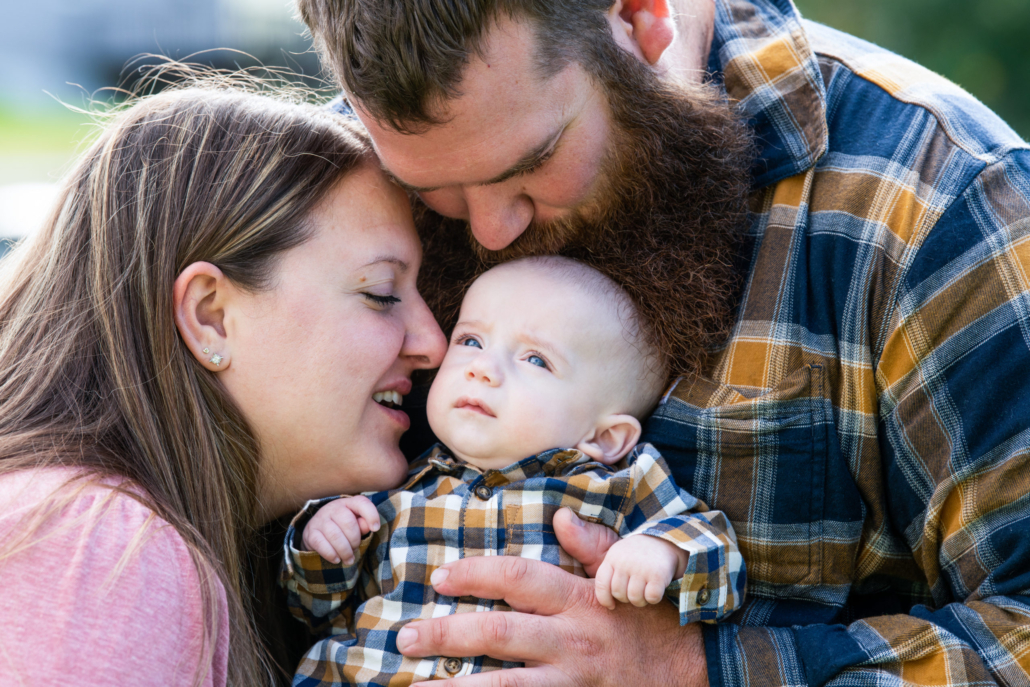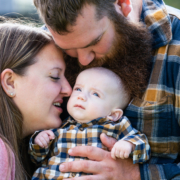Cleveland Clinic team perform complex foetal surgery to remove rare heart tumour

Hani Najm, M.D., who led the heart surgery team, inserts an IV line in the foetus’s right arm to deliver fluids and medications as needed. — courtesy Cleveland Clinic
A multidisciplinary team of Cleveland Clinic and Cleveland Clinic Children’s doctors and nurses performed a rare and complex lifesaving foetal surgery to remove a tumour attached to the heart of a 26-week-old foetus.
Few studies about the rare condition – an intrapericardial teratoma with foetal hydrops (i.e., fluid accumulation) evolving to foetal heart failure – have been reported in medical journals. “Only one previous incidence of continued pregnancy and delivery after foetal intrapericardial teratoma resection is documented in the world’s medical literature,” said Darrell Cass, M.D., director of Cleveland Clinic’s Fetal Surgery and Fetal Care Center. “As far as we know, Cleveland Clinic is the second academic medical centre in the world to have performed this foetal surgery successfully with continued pregnancy and delivery.”
During the procedure in May, surgeons successfully removed the malignant tumour, which had been compressing the left side of the foetus’ heart and impairing circulation, leading to fluid accumulation around the heart and other organs of the foetus.

The surgery included paediatric and congenital heart surgeons, a paediatric cardiologist, obstetric and paediatric anaesthesiologists, and a maternal-foetal medicine specialist.
— courtesy Cleveland Clinic
Recovery with no complications
Following the operation, the mother and foetus recovered well with no complications and no sign of tumour recurrence during prenatal check-ups. On July 13, at 36 weeks and two days, a baby boy was delivered near full term by Caesarean section. Both mother and baby are doing well.
“I am very proud of our talented congenital heart surgery and foetal surgery teams that integrated seamlessly to successfully perform a complex lifesaving foetal surgery,” said Dr. Cass. “This tumour was growing rapidly in the exact wrong spot. It was compressing the heart of the foetus, causing fluid accumulation, and we started seeing signs that the cardiac function was deteriorating. We needed to act quickly and decisively to rescue the foetus.”
To perform this foetal surgery, Dr. Cass led a team that included paediatric and congenital heart surgeons Hani Najm, M.D., and Alistair Phillips, M.D.; paediatric cardiologist Francine Erenberg, M.D.; obstetric and paediatric anaesthesiologists McCallum Hoyt, M.D., Tara Hata, M.D., Yael Dahan, M.D.; and maternal-foetal medicine specialist, Amanda Kalan, M.D., who provided the mother’s care, including delivery of the newborn baby boy 10 weeks after the foetal surgery.
The surgical procedure
See the animation of the foetal intrapericardial teratoma resection
https://youtu.be/v-kOveNbbio
Once the mother was anesthetized with an approach to provide the safest environment for the foetal heart surgery to be successful, a Caesarean section-like incision was made to expose the mother’s uterus. Ultrasound was used to carefully locate the placenta and foetus, and best location for entry. The uterus was then opened about 12 cm, and the arms of the foetus were brought out to expose the chest.
Dr. Najm, who led the heart surgery team, inserted an IV line in a blood vessel of the foetus’s right arm to deliver fluids and medications as needed. Then, he carefully opened the chest and pericardium, and removed the tumour from the beating foetal heart. “As soon as the tumour was removed, the compression of the left atrium disappeared, and there was a nice blood flow that was almost back to normal,” said Dr. Najm.
Following the completion of the foetal heart surgery, the chest of the foetus was closed and the foetus was positioned back in the uterus. The uterus was then closed, followed by closure of the mother’s abdomen. The surgery lasted 3 ½ hours.

Rylan Harrison Drinnon was born on July 13 to Sam and Dave Drinnon.
Both mother and foetus recovered well following the surgery. The foetus’s cardiac function immediately improved, and the foetus stayed in the womb for the remainder of the pregnancy. Ten weeks later, the baby was born.
“Such an innovative foetal surgery provides hope to other families who may receive a similar devastating diagnosis,” said Dr. Najm, chair of Pediatric and Congenital Heart Surgery at Cleveland Clinic Children’s. “Clinical teams from Cleveland Clinic and Cleveland Clinic Children’s are consistently collaborating and remain dedicated to innovation and teamwork to ensure our patients of all ages can feel safe when entrusting their care to us.”
Moving forward, the infant’s healthcare team will monitor his heart health and check that there are no signs of tumour recurrence. In the future, the child will likely need surgery to reposition together his sternum that did not properly heal in utero.
“In this case, time was of the essence,” said Dr. Cass. “Shortly after the patient arrived at Cleveland Clinic, imaging tests showed that the tumour kept growing and the foetus’s heart function was deteriorating. It is important to acknowledge the whole care team. This family’s maternal foetal medicine specialist accurately diagnosed the condition and reached out to us because of our expertise in foetal care and treatment.”


